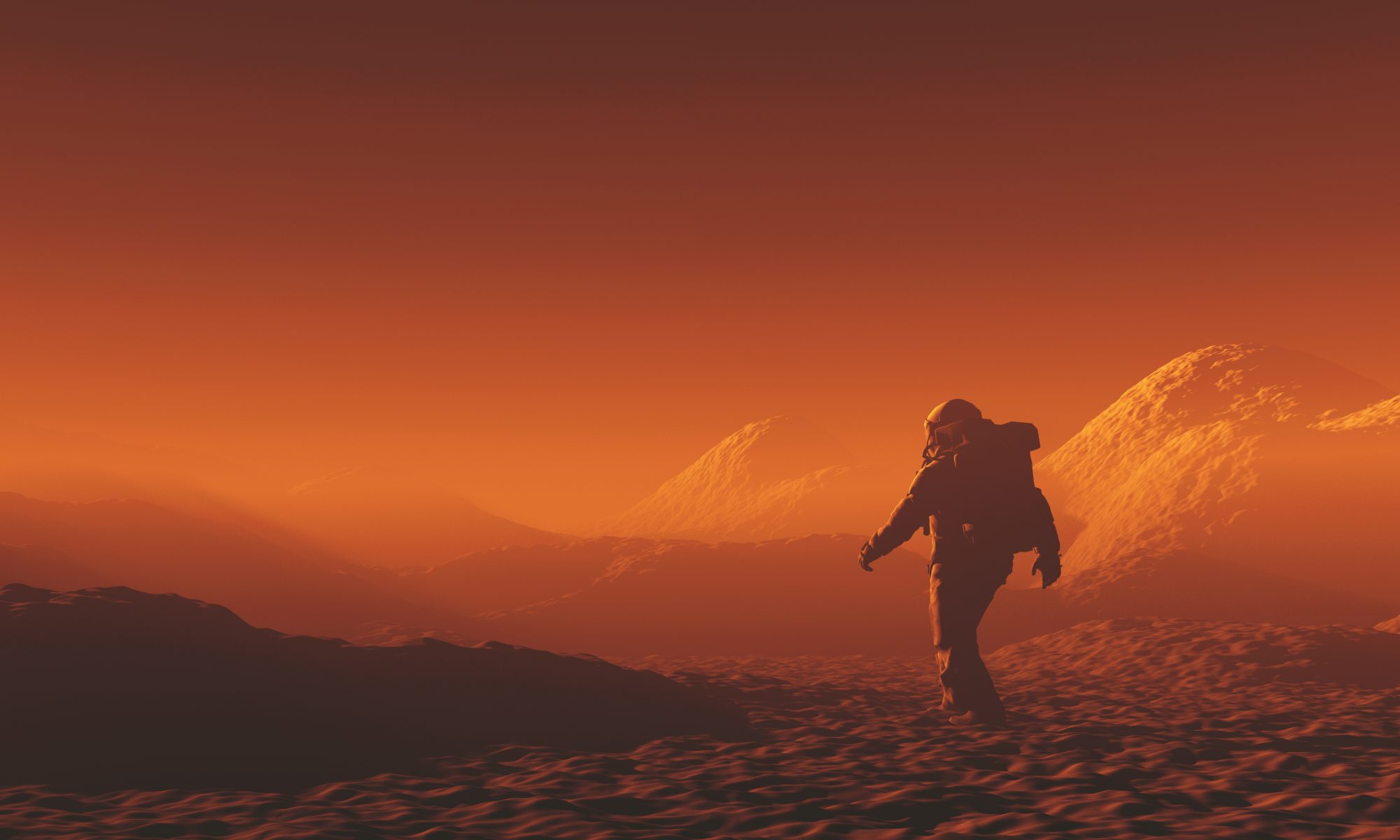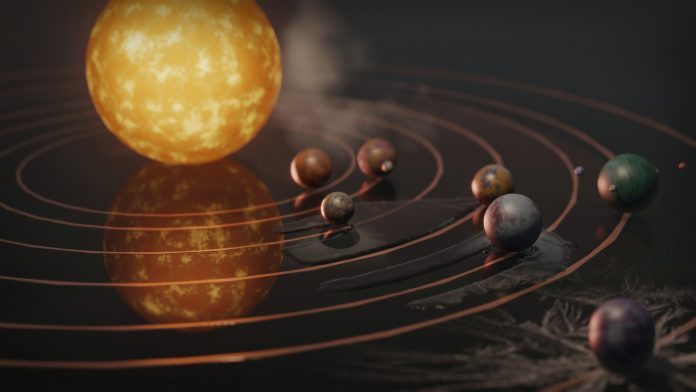In a groundbreaking analysis utilizing the latest telescope observations, astronomers from the University of Florida have revealed that one-third of all common planets in our galaxy may be classed as ‘hospitable planets’
This remarkable finding indicates that hundreds of millions of these celestial bodies, representing about one-third of the total, exist within the highly sought-after “Goldilocks zone” – an optimal region for supporting life.
Correlation between circular orbits and habitable planets
Led by Sheila Sagear, a doctoral student at the University of Florida, and astronomy professor Sarah Ballard, the study was published in the prestigious journal Proceedings of the National Academy of Sciences.
By focusing on more than 150 planets orbiting M dwarf stars, which have similar sizes to Jupiter, the researchers investigated the eccentricity of their orbits. Eccentricity refers to the ovalness of an orbit, with circular orbits being more favorable for sustaining liquid water.
The study unveiled a correlation between star systems hosting multiple planets and the likelihood of maintaining circular orbits, which are conducive to supporting liquid water. In contrast, two-thirds of the planets around these ubiquitous small stars were found to be susceptible to extreme tidal forces, potentially sterilizing them.
To conduct their analysis, the researchers utilized data from NASA’s Kepler telescope, renowned for observing exoplanets during their transits. They also incorporated data from the Gaia telescope, which provided distance measurements for numerous stars in the galaxy.
Promising prospects for habitable orbits and exoplanet research
The delicate balance of an optimal orbit allows these planets to be in proximity to their stars to sustain liquid water while avoiding catastrophic tidal forces. This discovery raises the exciting possibility of these planets being hospitable to sustain life.

With hundreds of millions of promising targets within the Milky Way, this study marks an important milestone for future exoplanet research. Sheila Sagear commented on the significance of the findings, emphasizing that the focus of exoplanet research is shifting toward this population of stars, as they offer excellent prospects for discovering small planets in habitable orbits.
The Goldilocks zone: Searching for habitable planets
“I think this result is really important for the next decade of exoplanet research because eyes are shifting toward this population of stars”.
“These stars are excellent targets to look for small planets in an orbit where it’s conceivable that water might be liquid and therefore the planet might be habitable.”
“These stars are excellent targets to look for small planets in an orbit where it’s conceivable that water might be liquid and therefore the planet might be habitable.”
Sarah Ballard and Sheila Sagear have established themselves as leading figures in the quest to understand celestial bodies beyond our solar system, particularly exoplanets. Their expertise and knowledge continue to contribute significantly to this fascinating field of study.











